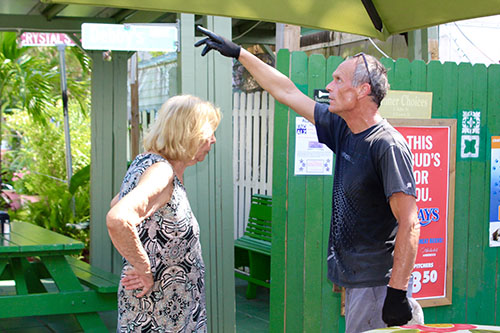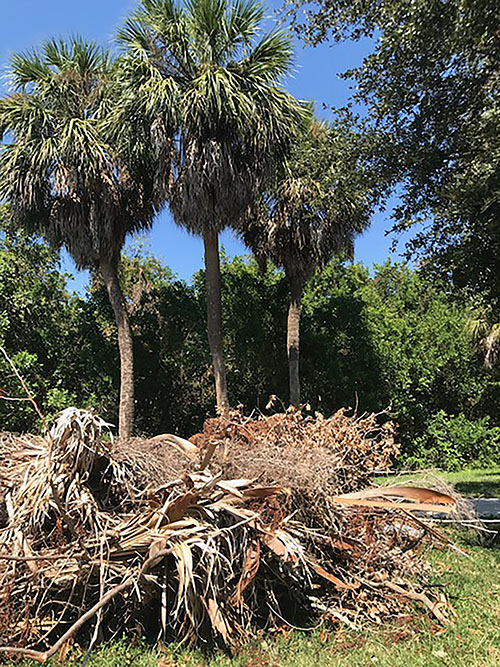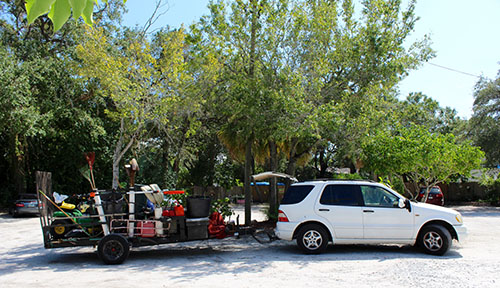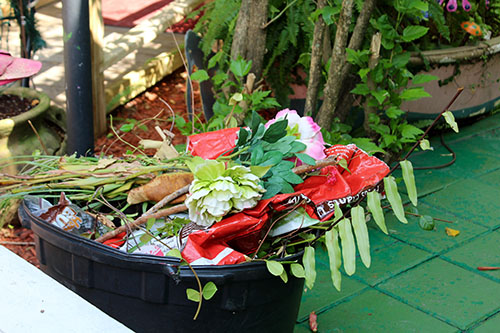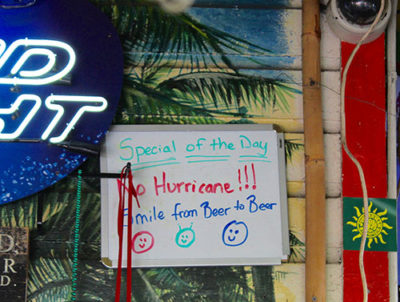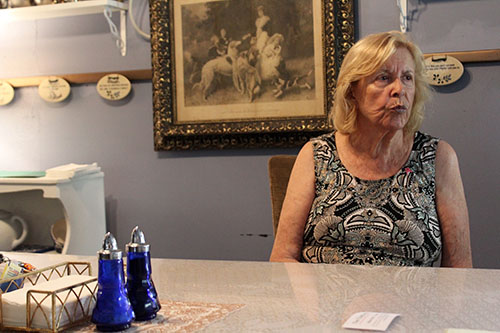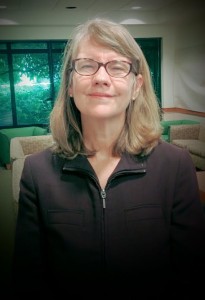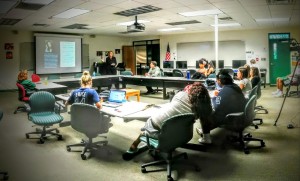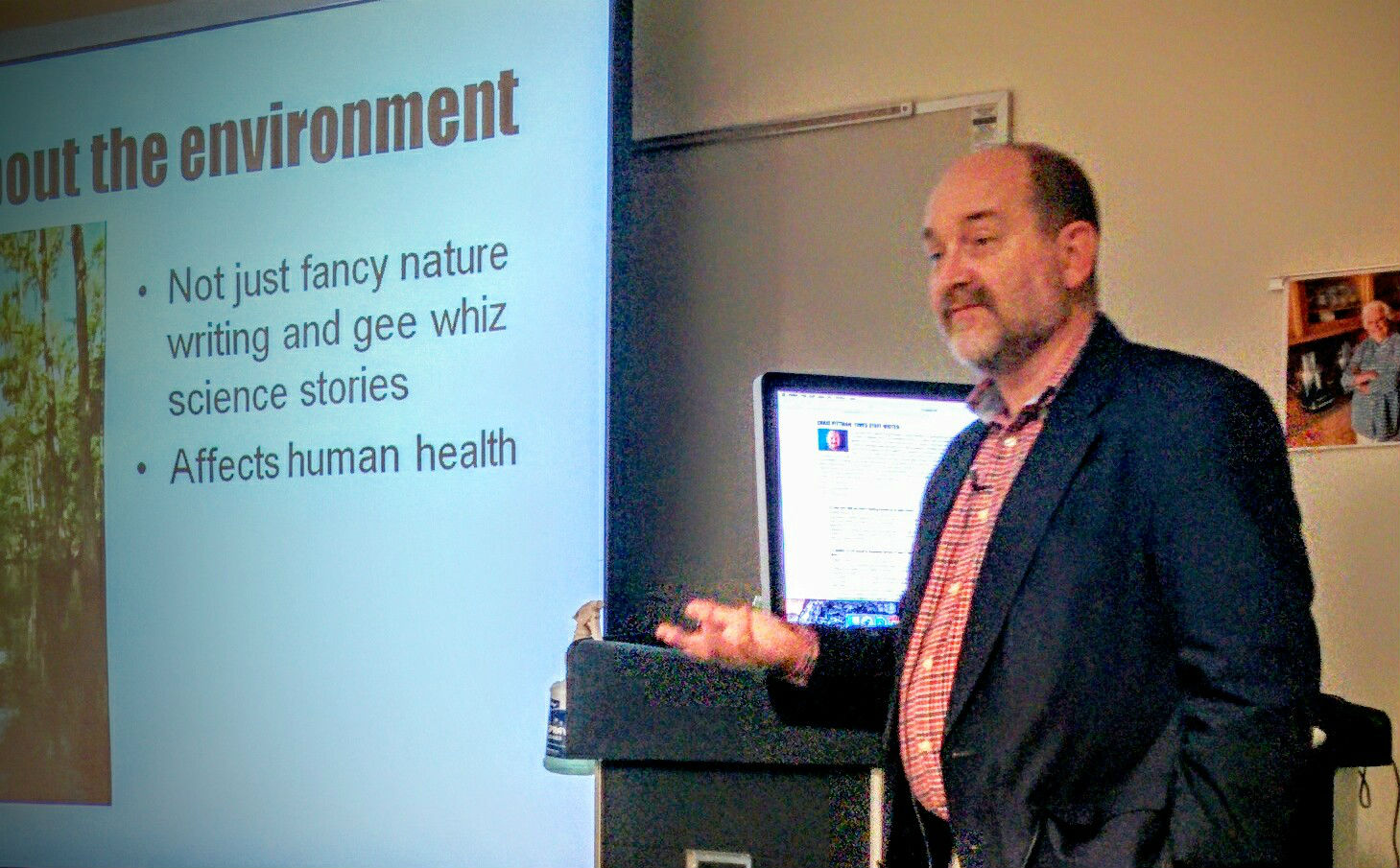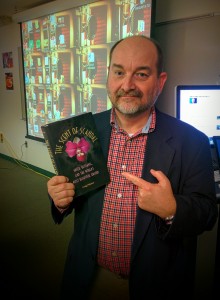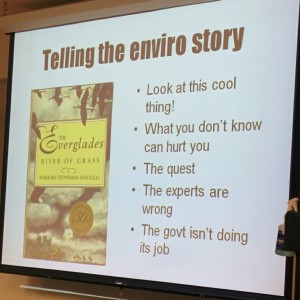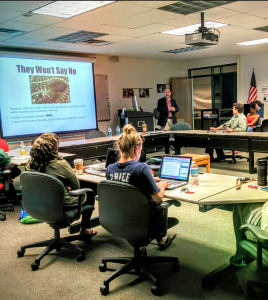On a typical day at the Chattaway, Jillian Frers and Amanda Kitto open their doors at 11 a.m. to prepare for the lunch rush. They set the tables with pink pastel table clothes, stocked the bar and brewed iconic British tea. September 7th was no ordinary day, instead they had to prepare to lose a business that’s been in their family since the 1920’s.
With Hurricane Irma approaching, the owners of the Chattaway wanted to help the community as much as they could.
“I feel like the Chattaway brings the community together. We have millionaires on one side of the building, then you have poverty on the other side. We wanted to act as a community center,” Kitto said.
Without any power outages at the Chattaway, Frers, and Kitto were able to open the doors for those in need. In preparation for the storm, they gave ice to employees and neighbors when other stores were sold out. While Irma approached the Tampa Bay area, people came in to charge their devices and use a spare fridge and freezer space. After the storm, the Chattaway became a safe place for residents to recover. For example, one local man was able to plug in his nebulizer because he had no power and nowhere else to go.
Once it was clear that St. Petersburg was going to experience hurricane force winds, Kitto cut back on purchasing perishable supplies during the time they would be closed.
The Chattaway closed the Thursday before the storm hit and remained closed for a total of four days. This added to the financial burden. Kitto said they were very concerned about their employees’ safety.
Companies like SYSCO and Coke were very accommodating to the Chattaway, said Kitto; the companies were willing to take back any product, beer, or wine that couldn’t be used while they were temporarily shut down.
“We were happy about this because we would have lost a significant amount of money,” Frers said.
For small businesses, products going to waste can create a heavy financial burden.
“Because September is already a slow month for us, like most restaurants, you are already low on money, so you can’t financially prepare for a hurricane as much as you would a different month,” Frers said.
Frers and Kitto prepared for days as weather forecasts projected the eye of the storm to pass over the Tampa Bay area. To stay up-to-date on the path of the hurricane, Kitto said she watched the news every chance she could.
“As [Floridians], we try not to panic. We know the two things we need to be concerned about are the floods and the winds,” Kitto said.
Kitto along with her family, the bartender, and the musician stayed after closing to help take everything off the shelves and put away patio decorations, furniture, and equipment to prepare for flooding and severe winds.
“I can’t open up the restaurant and expect my workers to work. I wanted what was best for them and their safety. I know many of our employees work paycheck to paycheck, so I paid them for the time they would have worked,” Kitto said.
Being in evacuation zone A, the area with the highest potential flood damage, Kitto, and her family decided it was best not to risk it, and fled to Atlanta, Georgia. When they returned, Kitto and Frers said they were shocked to find out the Chattaway never lost power, pointing out that the rubber ducks sitting in the bathtub on their outdoor patio had not even moved during the storm.
With storm footage flooding every news station weeks ahead of impact, employees were able to determine potential evacuation plans. This gave ample time for Kitto to have a sense of when they would be able to open back up, never losing power also sped up the process. The Chattaway reopened its doors Tuesday, Sept. 12 to a full house in need of power and a hot meal.
When asked what they wish the city would have done differently for their small business, they didn’t have much to say.
Kitto expressed discontent with Duke Energy.
“I think Duke [Energy] should have kept everyone updated more. I was okay with not having power, I just felt like no one had any idea what was going on,” Kitto said.
The city never reached out to them to see if they needed any sort of help. Kitto said the health inspectors were the only ones who came around to ensure the quality of their food hadn’t gone bad.
Despite being built nearly a century ago, the Chattaway has withstood every natural disaster in its path. With a category 5 hurricane in its path, Frers and Kitto remain concerned for their small business that wasn’t fully covered by flood insurance.
“I’m 85 years old, we’ll see how this one goes,” Frers said.
Although meteorologists may be able to track the storm, it is almost impossible to know exactly how and when it will hit, while still having time to evacuate and prepare.
https://www.youtube.com/watch?v=OpI4ntzfNIM
A category 5 hurricane would devastate the Tampa Bay area, it is important to be aware of government assistance programs as well as how to file claims with your insurance company, as a precaution. Please see below for more information:
For those applying for FEMA disaster assistance (individuals and businesses)- register online at www.disasterassistance.gov or by calling 1-800-621-3362.
For those applying for SBA disaster loans- visit https://disasterloan.sba.gov/ela or call 1-800-659-2955.
For SBA Hurricane Irma specific loans, visit https://www.sba.gov/disaster-assistance/hurricane-irma
Edited by: Eillin Delapaz, Kayla Jensen and Nicolet Hartmann
